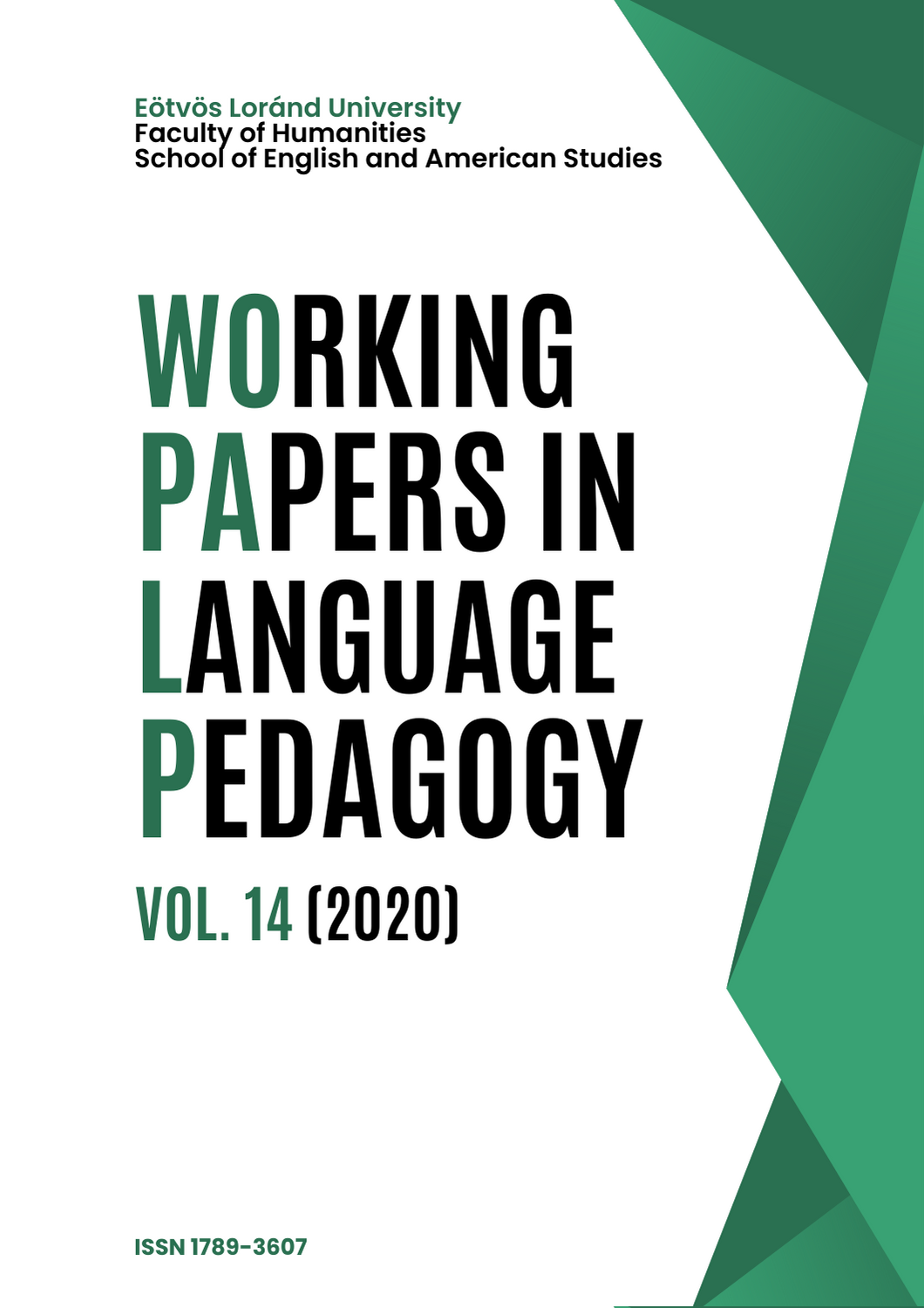Anticipating the Side Effects: A Review of a Refugee English Placement Test In the U.S.
DOI:
https://doi.org/10.61425/wplp.2020.14.1.24Keywords:
construct validity, consequential validity, placement test, refugee, test reviewAbstract
Critical language testing considers the cultural, social, and political context of tests (Kramsch, 1993; Pennycook, 1994; Shohamy 1998). Existing research examines the role of testing at the national (or international) level in immigration, citizenship, and asylum (e.g., Kunnan, 2009; Saville, 2009; Shohamy & Kanza, 2009). However, as Bachman (2005) criticizes, critical language testing research insufficiently acknowledges the link between consequences and the validity of inferences made from tests. This paper reviews an English placement test used at the local level in the United States by a refugee resettlement agency where test takers are from low literacy and low education backgrounds. Methods include observations, interviews, and collection of testing materials (i.e., test scores and placement decisions). Validity is analyzed through the theories of Messick (1989) and Bachman and Palmer (2010) to explore the discrepancy between functionality and lurking potential washback. Monitoring washback is important because tests can become de facto policies which shape programs (King & Bigelow, 2016; Shohamy 2014). Findings indicate that validity of the literacy and oral proficiency constructs must be improved to mitigate possible negative consequences, which stem from defining self-sufficiency and the prerequisite language proficiency for it (Shohamy 2013).




